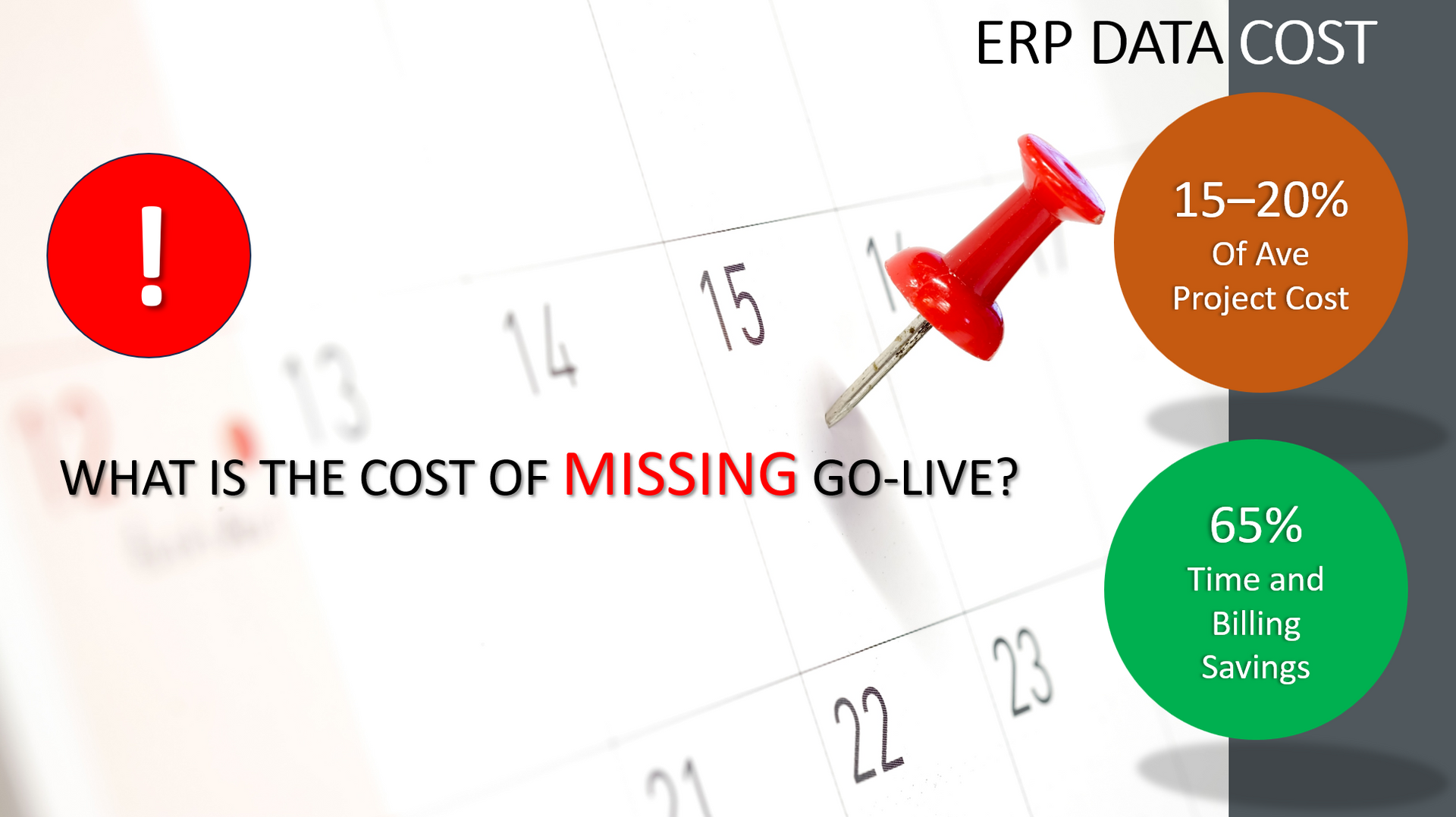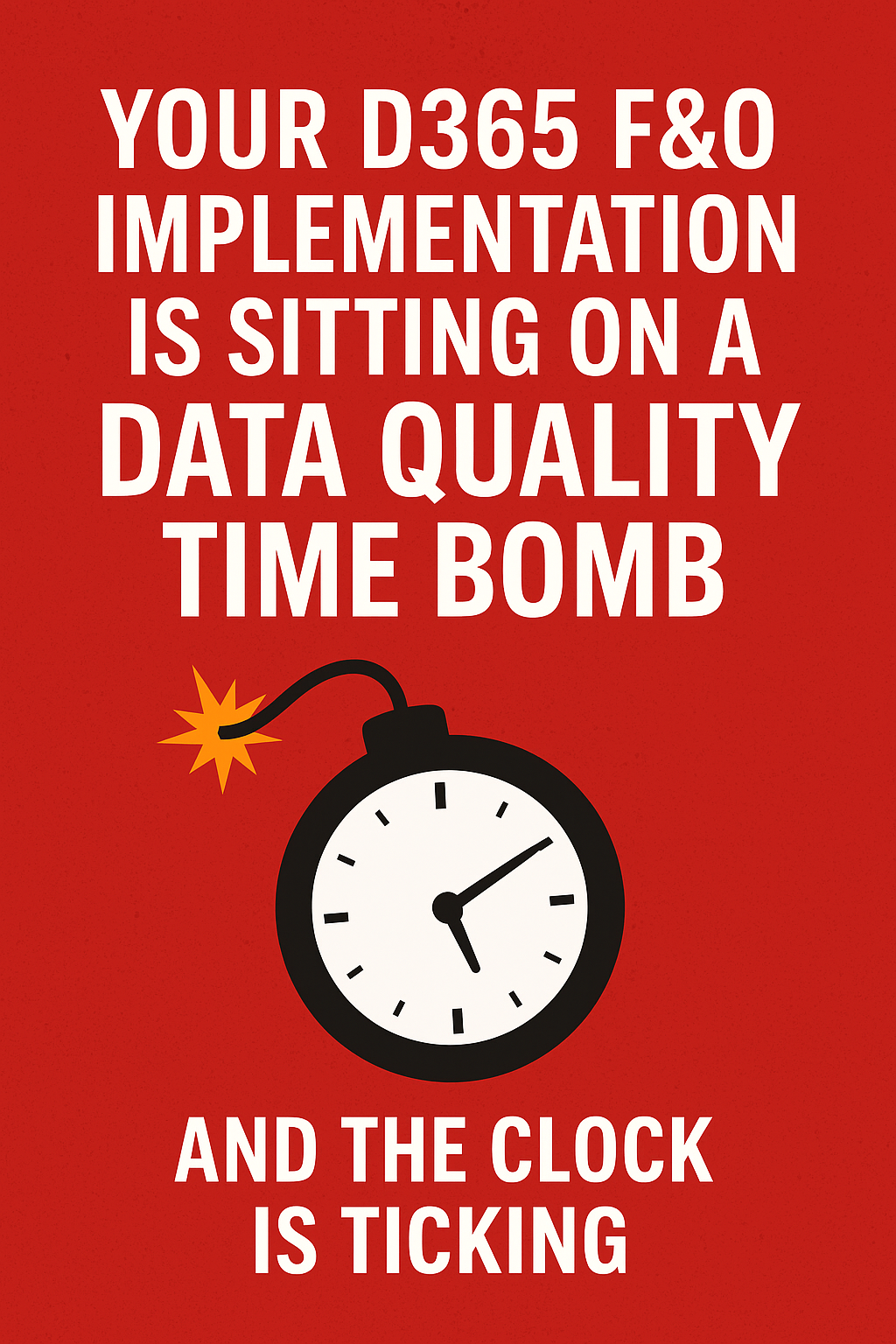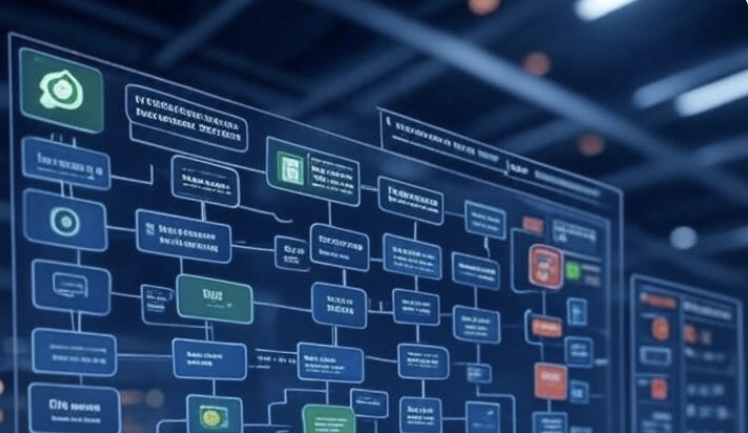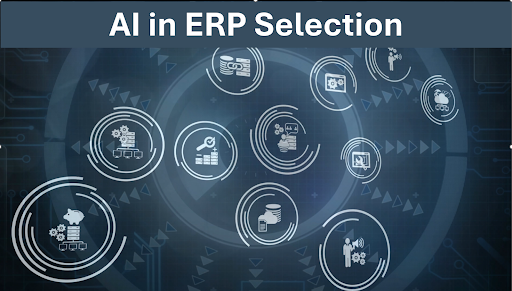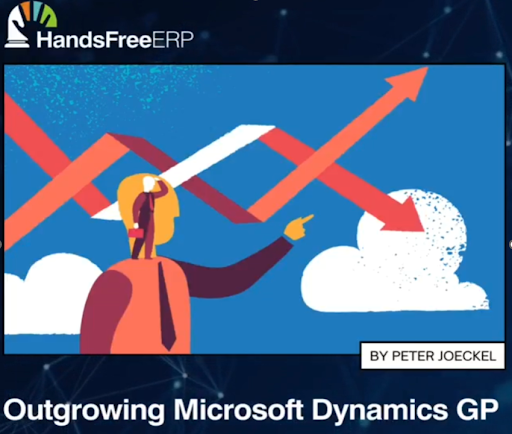Evaluating Microsoft Dynamics Business Central for Complex Manufacturing
A Discover Manufacturing Case Study

Background
A manufacturing company specializing in large, highly complex, engineer-to-order (ETO) machinery sought to implement Microsoft Dynamics Business Central (BC) as its ERP solution. The business integrates standard equipment, unique components, and process manufacturing in its production and offers installation and servicing for its machinery post-production.
Challenge
As the company progressed with its BC implementation, newly hired resources began questioning whether BC was the optimal solution. Given the company’s intricate manufacturing processes, leadership required a data-driven evaluation to determine the best ERP fit and mitigate risks before full deployment.
Approach
To provide an objective, fact-based analysis, a HandsFree Discover Survey was conducted. The session included:
- A detailed assessment of the company’s manufacturing requirements
- A comparison of BC’s core functionalities against must-have manufacturing needs
- A fit-gap analysis between BC and Microsoft Dynamics Finance and Supply Chain Management (FSCM)
Findings
The HandsFree Discover Survey report, spanning over 100 pages, revealed key insights:
- BC met only 52% of the company’s critical requirements
- FSCM, by contrast, covered 89% of the critical requirements
- The missing functionalities in BC indicated significant customization needs, adding complexity, cost, and risk to the implementation
Outcome
Armed with this analysis, the company gained clear, data-backed insights into the feasibility of BC as its ERP solution. The findings enabled leadership to make an informed decision, preventing costly missteps in the ERP selection process.
Key Takeaways
The case underscores the importance of an objective, analytical approach to ERP selection. While BC supports eight manufacturing modes, including ETO, make-to-order, and mixed-mode manufacturing, its suitability depends on the specific requirements of each business.
A HandsFree Discover Survey provides:
- A structured, non-biased methodology for ERP evaluation
- Defined requirement gaps and implementation risks
- Budget, timeline, and licensing cost estimates
For businesses facing similar ERP selection challenges, a HandsFree Discover Survey report offers a proven methodology to navigate complex decisions with confidence.
HandsFree ERP is dedicated to supporting clients with their ERP initiatives, enabling companies to seamlessly connect users with their ERP partners. By utilizing skilled professionals, streamlined processes, and cutting-edge tools, HandsFree ERP significantly boosts the success rates of ERP projects.





